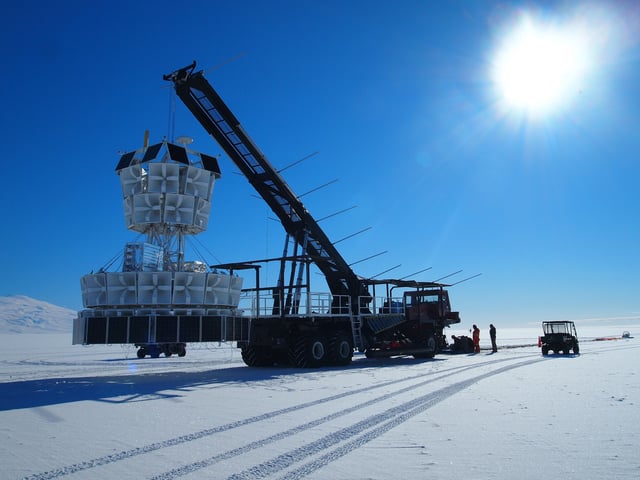Overview
- ANITA, a balloon-borne array flown over Antarctica to detect neutrino-induced radio emissions, recorded pulses arriving from 30° below the ice surface in 2006 and 2014.
- Calculations show these signals must have traversed thousands of kilometers of rock, which should have absorbed them under established particle physics models.
- Cross-checks with IceCube and the Pierre Auger Observatory found no corresponding events, ruling out known cosmic-ray or neutrino sources.
- Researchers published the anomalous findings in Physical Review Letters and report that the signals do not match expected neutrino or other standard particle signatures.
- The team is developing the Payload for Ultrahigh Energy Observations (PUEO) with enhanced sensitivity to capture more anomalies and probe the signals’ origin.



